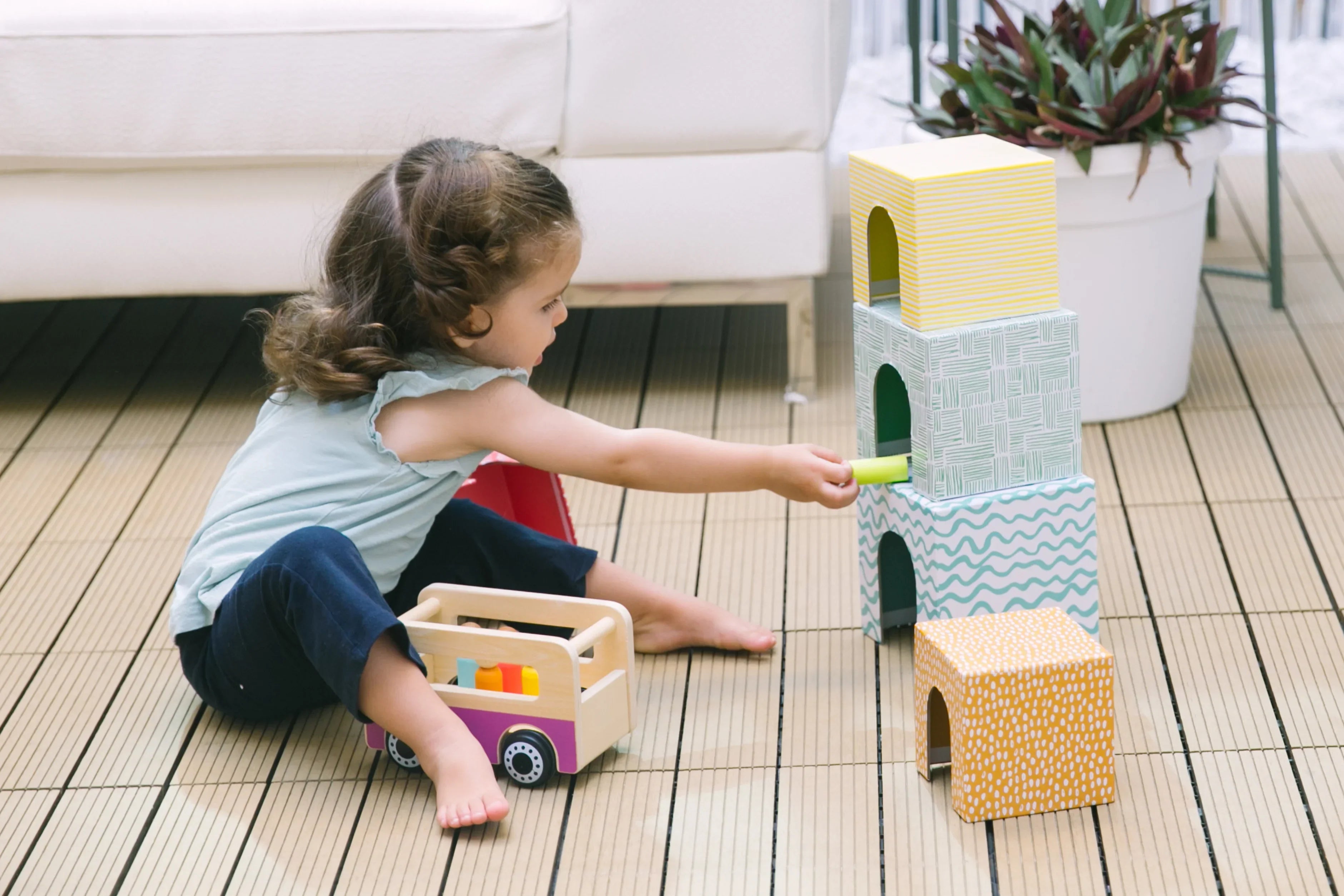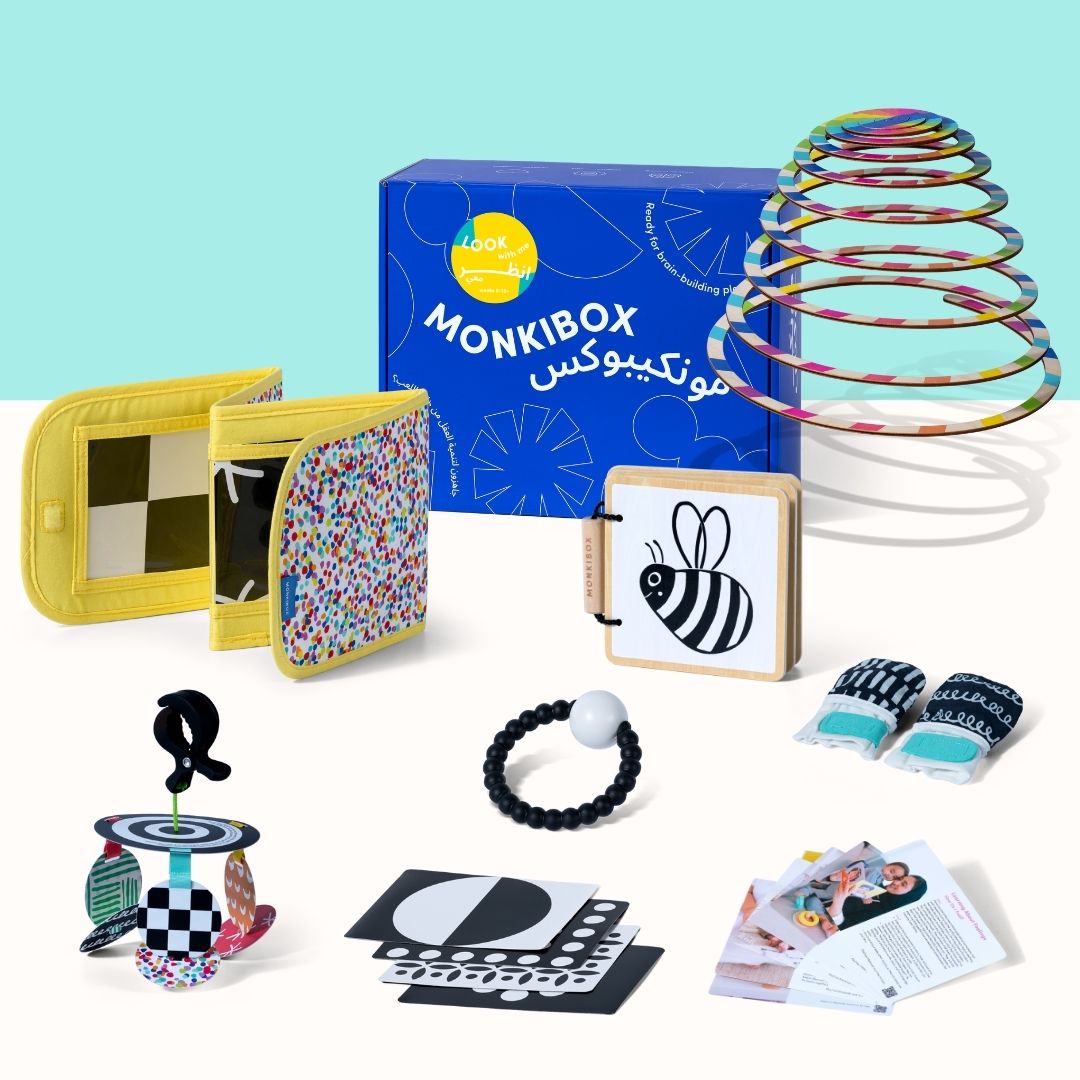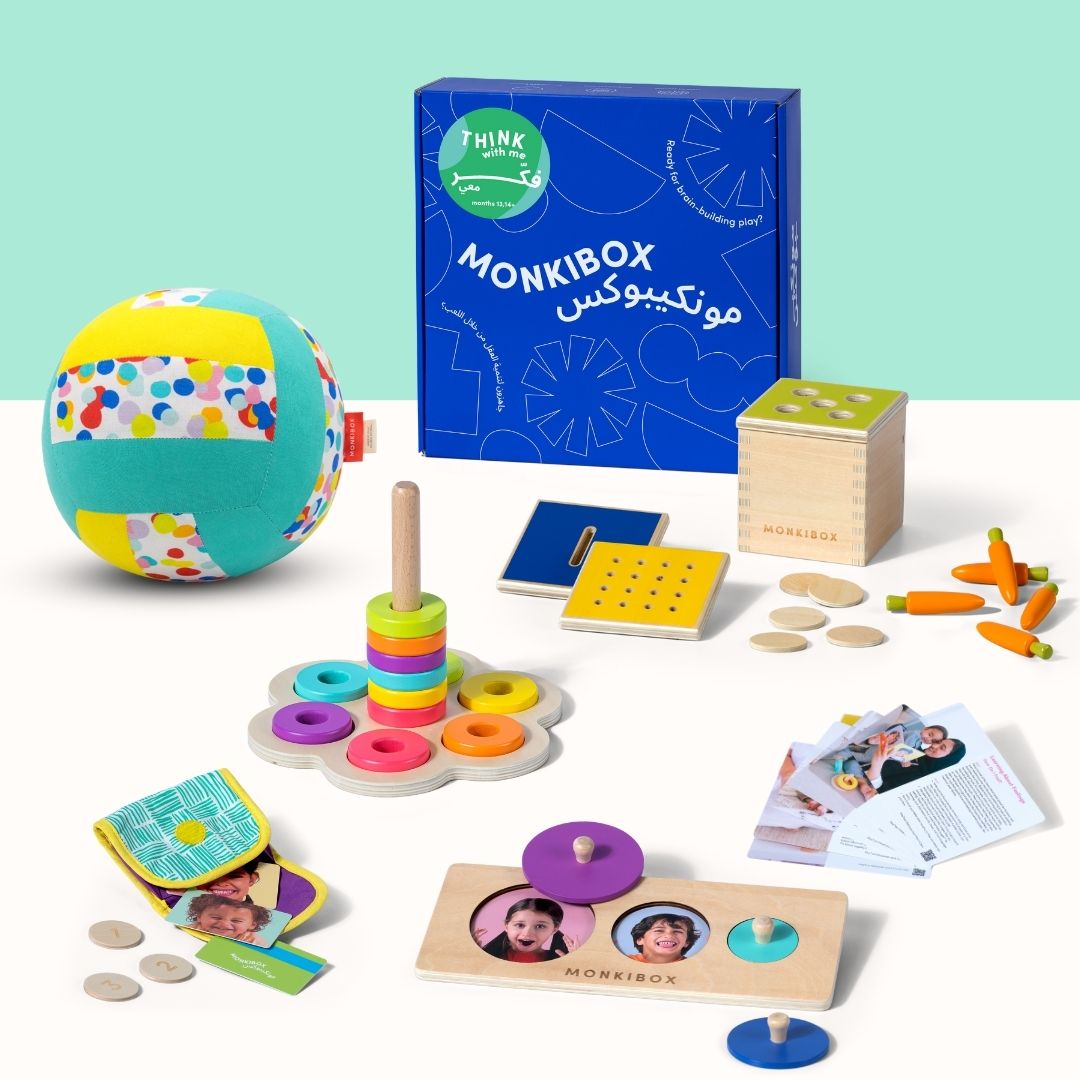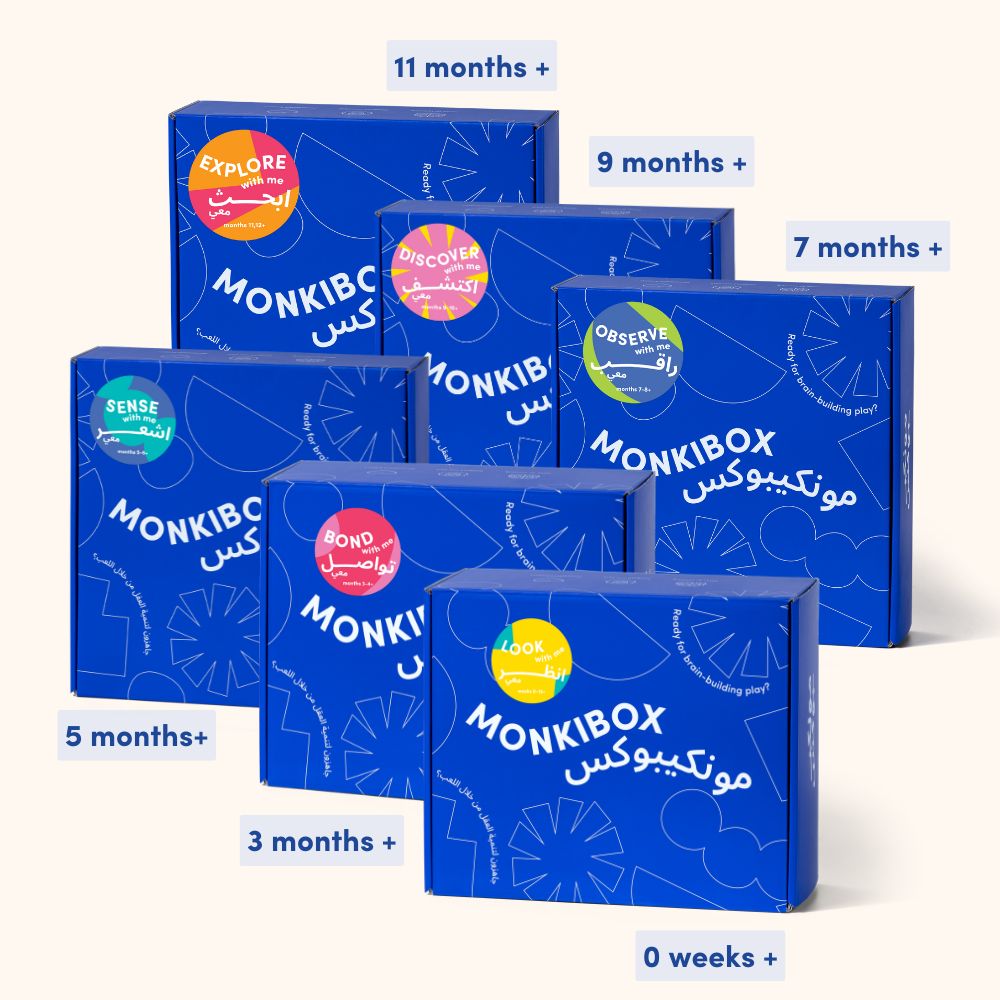Have you ever heard that it takes 10,000 hours to master a new skill? Whether 10,000 hours are essential or not, the idea is the same: we understand and learn something best when we repeat it over and over again. And you might have noticed similar behaviour in your baby or toddler.
What your baby or toddler is going through is what child development experts refer to as schemas, or more specifically, Play Schemata. Schemas are simply a set of instructions we follow to complete a task. These instructions are the most efficient way for our little ones to achieve a goal, so they will repeatedly try something until they understand how it works.
Most parents become concerned or even frustrated by this behaviour, but once you know what they look like, you can provide opportunities to practice and improve.
There are typically eight schemas. They can come and go at any stage and often overlap. We decided to break them into two groups - Movement and Placement.
Below are the four “Movement” Play Schemas and ideas for supporting your baby.
You can find the blog post on Placement Schemas here.
Trajectory Schema
Are they dropping food from a highchair or throwing toys from their stroller? Your baby is displaying signs of the trajectory schema by studying the movement of an object or their own body.
What are they learning?
Cause and effect, gross motor skills, visual tracking, body awareness, observing, and predicting.
Keywords to support the trajectory schema
Fly, Spin, Twirl, Glide, Float
Trajectory schema activities
- Pushing a toy off the table and seeing where it lands
- Roll cars down a ramp
- Try to catch bubbles.
- Throwing objects into a container (combine this with practical life activities, like putting a dirty diaper in the bin, throwing clothes in the laundry basket or into the washing machine).
Transporting Schema
Young walkers soon discover that they can carry objects from one place to another. Repeatedly transporting toys or blocks in a basket or push walker usually indicates your toddler exploring the transportation schema.
As a bonus, little transporters are excellent little helpers, too! Allow your baby to push a small shopping cart, unpack the shopping or carry the watering can to the plants to water. When you go for a walk, make sure you give your toddler a small basket to fill with twigs, rocks and leaves to carry home (even better if you plan to use these in a craft).
What are they learning?
Object permanence, fine and gross motor skills, spatial awareness, planning, and measuring (how much will fit?)
Keywords to support the transporting schema
In / Out, On, Full / Empty, More / Less, Heavy / Light
Transporting schema activities
- Transferring activities
- Wagons to transport toys
- Toy shopping cart
- Baskets
- Purses
Rotation Schema
Twirling, rolling, winding one thing around another - these are all experiences of rotation. Anything circular - wheels, twirly straws, being swung around by a grown-up, watching the washing machine.
It all started when you dropped the ball and watched it roll away, and this understanding of continuous movement lays the foundation for everything from mathematics to sports.
What are they learning?
How things move, fine and gross motor, cause and effect.
Keywords to support the rotational schema
Round, Circle, Spiral, Dizzy, Twist
Rotation schema activities
- Play with wheels on cars, trains and bicycles
- Make pinwheels
- Mix and whisk cake ingredients or play with coloured rice or pasta if you are not ready for kitchen activities.
- Use different sized balls for throwing, catching and kicking.
Orientation Schema
Seeing the world from a different angle is closely aligned with the orientation schema. During this phase, you will find your baby turning objects and themselves around and upside down or getting a view from behind a tree.
This necessary schema builds confidence in many physical activities and games when it becomes useful to anticipate how another player might move. This schema comes with lots of energetic play to climb, roll and tumble.
What are they learning?
Body and spatial awareness, gross motor skills, sensory and vestibular system stimulation.
Keywords to support the orientation schema
Turn, Upside down, Over, Twist, Tumble, Spin
Orientation schema activities
- Doing yoga
- Baby gymnastics
- Spinning and rolling outside
- Swinging on monkey bars
- Crawling through tunnels
- Playing on swings





